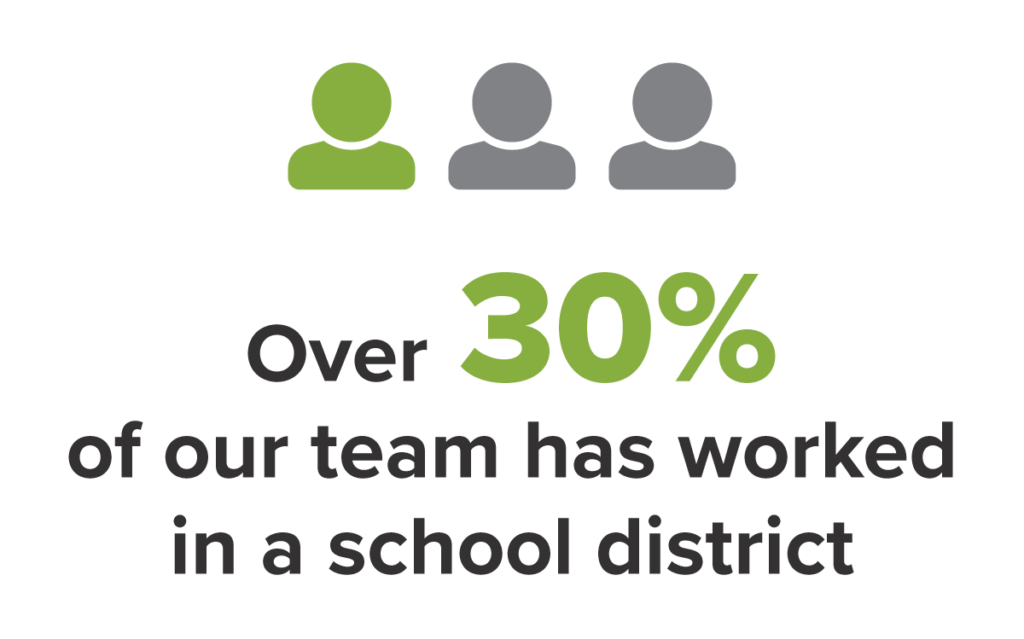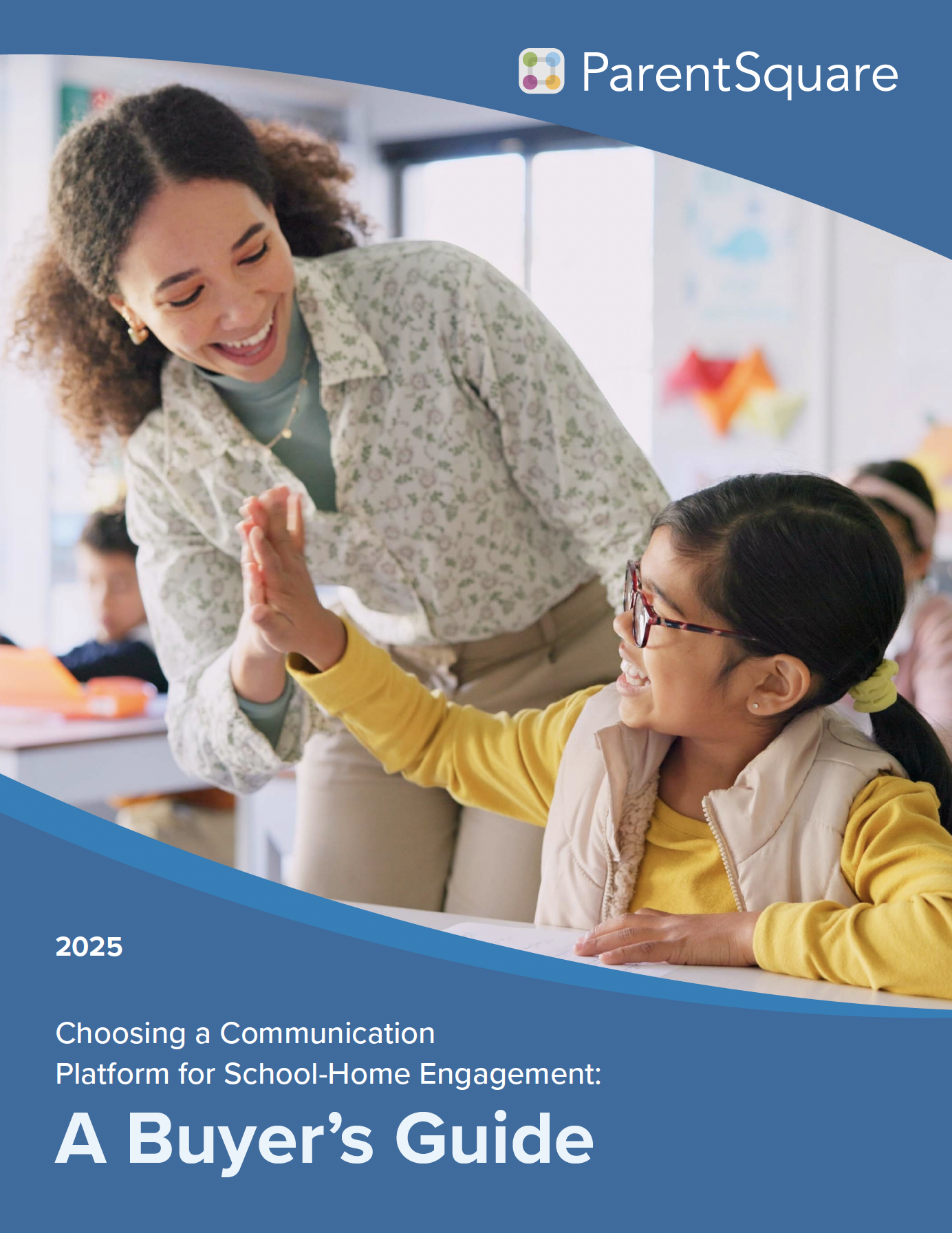

It seems that everyday I read another article on Generative Artificial Intelligence, most notably ChatGPT. I have been asked for my take on the topic a few times in interviews given my 25+ years in both public education and private technology companies supporting education. Here are some initial thoughts and questions…
- Could overreliance lead to a lack of understanding of core concepts?
- Could that impact the student’s ability to apply these concepts later in life?
- Should students be allowed to use this on exams, what about cheating?
- Will this impact the student’s ability to think independently or reduce comprehension?
- How will teachers gain confidence to use this new technology in the classroom?
To be fair, while these questions are all valid, I did not come up with them on my own. I asked ChatGPT to share with me reasons schools resisted calculators in the 1960’s! Sounds familiar, the talk track is the same and it has been for some time when a new technology enters schools. You could probably find similar articles from when the first computer was put in a classroom, when the internet was first connected in schools, when chalkboards went to whiteboards and then smartboards, mobile devices (remember when those were mostly banned?) and the list goes on and on. The reality is that as difficult as it may be, we have to harness the technology provided to positively impact students.
The reality is that as difficult as it may be, we have to harness the technology provided to positively impact students.
Chad A. Stevens, Ph.D., Chief Strategy Officer, ParentSquare
So how might we do that? The term “Artificial Intelligence” was coined in 1956. It was 25 years ago that the Supercomputer Deep Blue was designed, and it defeated the world champion chess player in a match. One of my favorite educators in history was Seymour Papert who once said, “You can’t teach people everything they need to know. The best you can do is position them where they can find what they need to know when they need to know it.”
Here are some ways we could harness Generative AI. It can provide additional information, context and explanations that enhance learning when used the right way. It could potentially provide personalized support to students in need allowing teachers to focus on other tasks. I have never met an educator that doesn’t need more time.
I would like to revisit the calculator example. Learning and understanding mathematical concepts and principles helps build a strong foundation for problem-solving skills. A calculator can only provide solutions, but it does not teach the underlying principles that enable the solution to be found. You can substitute tools like ChatGPT here, it does not teach. You still have to have a solid understanding of the basic principles to leverage the power of AI to improve things, go faster and enhance productivity.
Something that I spend time thinking about is, how can artificial intelligence improve family engagement? Steve Wozniak, or “Woz” as many people called him, co-founded Apple in 1976. He said, “Technology is really just an amplifier of our abilities. It builds on itself, letting us do more—and do it faster.” If you apply artificial intelligence technology to communication-only products, you only get amplification of communication. As I have noted in previous writing, we don’t need bigger, faster, stronger (more) one-way communication. We need deeper engagement. Rest assured, ParentSquare will continue to modernize family engagement through innovative use of artificial intelligence.
In fact, at ParentSquare we have been using artificial intelligence to focus on family engagement for some time. Artificial intelligence was first used in the product back in 2016 long before the ChatGPT craze. Real-time translations are one good example of this. The key is focusing on how we can thoughtfully harness generative AI technology to impact our customer’s goals for family engagement, just like we did early on with translations. These improvements need to go beyond just generating content. That is available today, and free. I used it for much of this blog.

Luckily, our strategy is guided by an amazing team of educators at ParentSquare. Did you know that over 30% of our team has worked in a school district? While we have several past administrators, including principals, directors and an assistant superintendent, the vast majority were classroom teachers. These educators provide valuable insights into the needs and challenges faced by teachers and students. They work with and in our product team to design and develop features that address the pain points and needs of teachers and students. They create content and use their subject matter expertise and pedagogical knowledge to help educators use ParentSquare even more effectively. Last, they work to help us with usability, functionality, and accessibility, always listening to customer feedback to make sure our technology stays aligned with our mission of modern family engagement.
As always there are big things to come as we continue to disrupt communications and build the modern platform for family engagement. After all the options are thoughtfully considered, by educators, the impacts of harnessing these technologies will be seen clearly.







